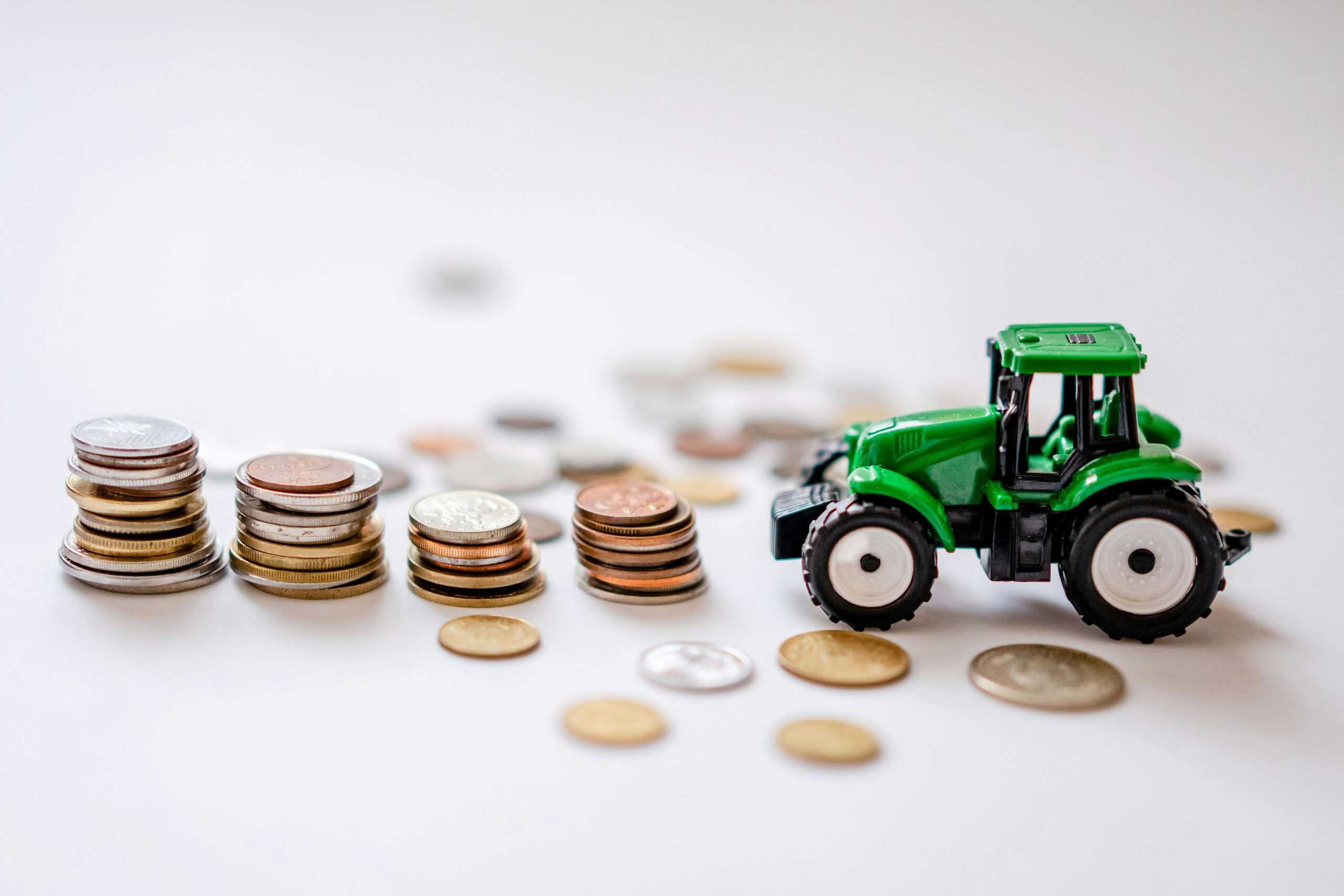Special & Natural Disaster Relief Grants for Primary Producers

The Special Disaster Relief and Natural Disaster Relief Grants for Primary Producers are now available in local government areas impacted by the NSW East Coast severe weather events that began on 18 May 2025 and/or Tropical Cyclone Alfred severe weather from 3 March 2025 onwards.
Provided as part of the jointly funded Australian Government-State Disaster Recovery Funding Arrangements 2018 (DRFA), these grants are designed to minimise disruption and support recovery, helping primary producers with essential recovery costs. Both the Special Disaster Relief and the Natural Disaster Relief Grant are designed to assist impacted primary producers to pay for immediate clean-up and repairs to infrastructure and replacing livestock (including oyster spat).
In addition, Rural Landholder Grants are available to rural landholders and aquaculture producers in local government areas declared for the NSW East Coast severe weather event, who do not qualify for either of the Special Disaster/Natural Disaster Relief Grant.
What could you be eligible for?
Funding of up to $75,000 – Special Disaster Relief Grant
Funding of up to $25,000 – Natural Disaster Relief Grant
Eligible primary producers can access an initial $5,000 by providing photographic evidence of direct damage, with the remaining funds available once valid tax invoices and proof of payment are submitted and verified.
Funding of up to $10,000 – Rural Landholder Grant
Who is this for?
NSW primary producers affected by storms and floods across the following eligible LGA’s. Armidale, Bellingen, Byron, Central Coast, Cessnock, Clarence Valley, Coffs Harbour, Dungog, Glen Innes Severn, Kempsey, Kyogle, Lismore, Lake Macquarie, Lord Howe Island, Maitland, MidCoast, Muswellbrook, Nambucca Valley, Newcastle, Port Macquarie-Hastings, Port Stephens, Richmond Valley, Tenterfield, Tweed, Singleton, Upper Hunter, Walcha
Please note: Producers affected by both events can only apply under one event not both.
Overview
Funding may be used to contribute to the costs of clean-up, reinstatement activities and emergency measures, not covered by insurance including:
- hiring or leasing equipment or materials to clean premises, property or equipment
- removing and disposing of debris, damaged goods, materials including injured or dead livestock
- repairing or replacing fencing and/or other essential property infrastructure
- purchasing and transporting fodder or feed for livestock
- replacing livestock
- repairing, reconditioning or essential plant or equipment
- maintaining the health of livestock
- paying additional wages to an employee to assist with clean-up work (above and beyond normal wage expenditure, ie. day-to-day staffing)
What will I need to apply?
Find a full list of eligibility requirements from the NSW Rural Assistance Authority website. You can also refer to these pre-prepared Application Tips
Before starting your application, we strongly recommend reviewing this document along with the Program Guidelines to make sure you have all the required documents ready.
What if I need support or assistance to apply?
Our local RFCSNR rural financial counsellors can provide invaluable guidance, delivering experienced support to help you prepare your application and look at other recovery options. With our FREE and confidential service, our team can also assist you with understanding your financial position and how these grants form part of your cashflow.
What other recovery options do I have ?
There are many supports, options and strategies to help you in the recovery process. Depending on your circumstances Farm Household Allowance , a payment for farming families in financial hardship and other measures may also be available. Don’t self assess. A chat with an RFC will ensure you get an individual assessment to have all your options on the table and the clarity to make informed decisions for your future.